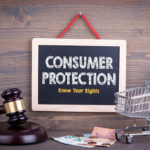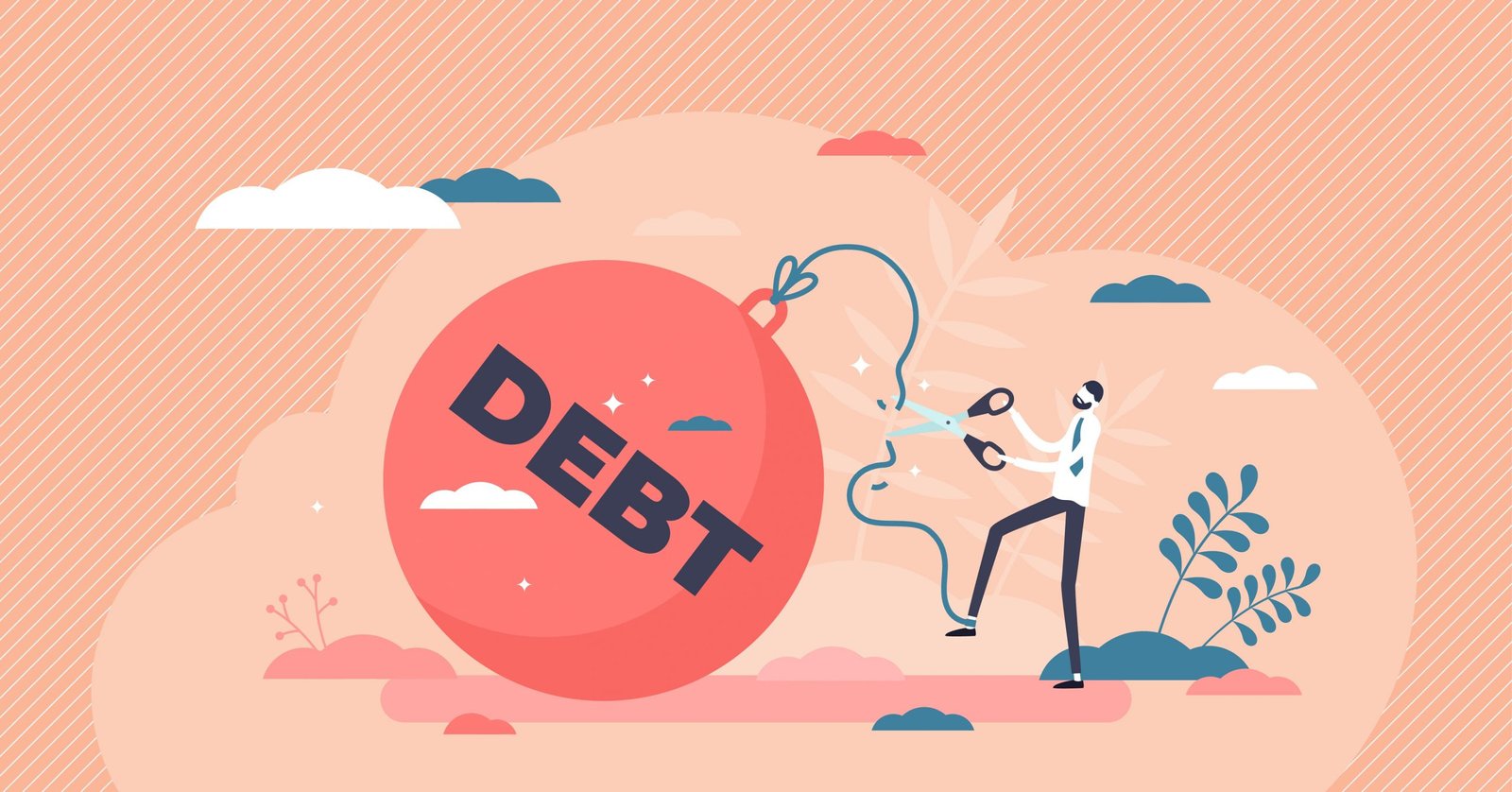Running a small business comes with its own set of challenges, and one of the most difficult hurdles is managing debt. Whether it’s due to operational costs, unexpected expenses, or cash flow issues, debt can quickly become overwhelming for entrepreneurs. Fortunately, there are various debt relief options available that can help small business owners regain control of their finances and set their business on a path to financial health. In this guide, we’ll explore the options available, how to assess your business’s financial situation, and the steps to take to find the best debt relief solution.

Understand Your Debt Situation
Before considering debt relief options, it’s crucial to have a clear understanding of your business’s financial standing. Knowing the amount of debt you owe, the interest rates, the types of debt (secured vs. unsecured), and your payment obligations will help you make an informed decision about the next steps.
Assess your debt:
- List all business debts, including loans, credit lines, credit card debts, and any other financial obligations.
- Determine whether any of these debts are secured (backed by collateral) or unsecured.
- Identify high-interest debts that are straining your cash flow.
Having this information at hand will give you a clearer picture of how to proceed with debt relief.
Consider Debt Consolidation
Debt consolidation involves combining multiple debts into one loan with a single payment. This can be particularly helpful for small business owners who have several high-interest debts to manage. Debt consolidation can simplify the repayment process, often offering lower interest rates or extended repayment periods.
How it works:
- You apply for a consolidation loan and use it to pay off existing debts.
- You then make a single monthly payment to the lender, which can be more manageable than juggling multiple debts.
- Debt consolidation can also help reduce interest payments, depending on your creditworthiness.
Pros:
- Simplifies the repayment process.
- May reduce monthly payments by extending the repayment period.
- Could lower the interest rates on existing debts.
Cons:
- May require collateral, especially for large sums.
- Not ideal for businesses with poor credit or high amounts of debt.
Debt Settlement for Small Businesses
Debt settlement is an option where a business negotiates with creditors to pay a lump sum that’s less than the total amount owed. This can be a viable option for businesses that are unable to keep up with their debt payments and are facing financial distress.
How it works:
- You or a third-party debt settlement company negotiate with creditors to reduce the total amount owed.
- The creditors may agree to a one-time payment that’s lower than the original debt.
- Once the debt is settled, the business is no longer required to make further payments on that debt.
Pros:
- Potentially reduces the total amount of debt.
- Can provide quick relief for businesses in financial distress.
Cons:
- Settling debt may damage your credit score.
- Creditors are not obligated to accept a settlement offer.
- It may take a long time to settle all debts, depending on the amount and number of creditors.
Bankruptcy as a Last Resort
Bankruptcy is often viewed as a last resort for small business owners, but it can provide a fresh start when other debt relief options have failed. There are two types of bankruptcy available to small business owners: Chapter 7 and Chapter 13.
- Chapter 7 Bankruptcy: This involves liquidating the business’s assets to pay off creditors. It’s generally used when a business has no viable future and is unable to repay its debts.
- Chapter 13 Bankruptcy: This allows business owners to reorganize and repay their debts over a specified period, usually 3-5 years. It’s suitable for businesses that want to continue operating and can afford to repay some of their debts.
Pros:
- Provides a legal way to eliminate or restructure debts.
- Can protect personal assets in certain situations.
- Chapter 13 allows for debt repayment while keeping the business afloat.
Cons:
- Both types of bankruptcy severely impact the business owner’s credit score.
- The process can be lengthy and expensive.
- Some debts, such as taxes or child support, may not be dischargeable.
Negotiating Directly with Creditors
If your small business is facing financial challenges but you still have some ability to pay off your debts, negotiating directly with your creditors may be a good option. Many creditors are open to negotiating payment terms, reducing interest rates, or even lowering the overall balance to help businesses stay afloat.
How it works:
- Reach out to your creditors directly and explain your situation.
- Propose an adjusted payment plan that fits within your budget.
- Some creditors may be willing to work with you, especially if you have a history of good payments.
Pros:
- Can help preserve your business’s credit score.
- Allows for flexibility in payment terms.
- May result in reduced interest rates or debt amounts.
Cons:
- Creditors are not obligated to agree to the new terms.
- The process can be time-consuming and require multiple negotiations.
Conclusion
Managing business debt can be a challenging task for small business owners, but there are several debt relief options available to help. Whether you choose debt consolidation, debt settlement, bankruptcy, or negotiating directly with creditors, it’s important to take proactive steps to regain control of your finances. By understanding your options and seeking professional guidance, you can develop a plan that helps your business recover and thrive financially.











